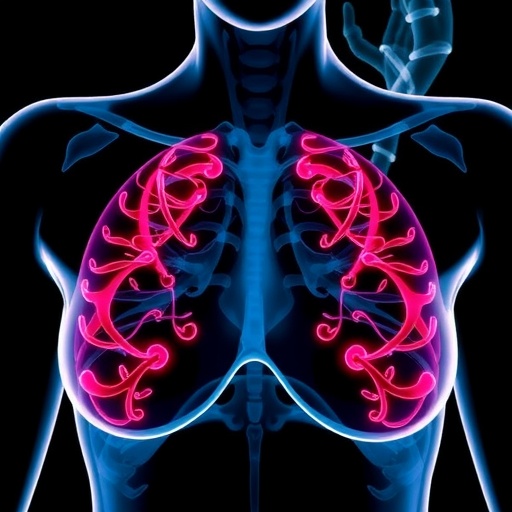CHICAGO–Just under half of U.S. households (48%) opt for frozen varieties of waffles, pancakes, and French toast as their choice for breakfast (Packaged Facts). A study published in the December issue of Journal of Food Science found that waffles baked on steel plates at a high temperature for a short amount of time minimizes the likelihood egg waffle batter will stick to the plate.
Waffles produced on an industrial scale are baked in continuous waffle ovens. According to the authors, it's common for waffles to stick to the baking plates during this process which can cause significant product loss and increased costs due to the need to stop the production line to remove waffles and clean the baking plates.
Researchers from Austria compared cast iron with lamellar graphite (grey iron), cast iron with spheroidal graphite (ductile iron), low alloyed steel, and low alloyed steel with a titanium nitrite (TiN) coating. Best release results were found for steel baking plates. Two different baking temperature/time combinations were studied–145 degrees Celsius (293 degrees Fahrenheit) for 110 seconds compared with 165 degrees Celsius (329 degrees Fahrenheit) for 90 seconds –using a waffle recipe which is known to have high sticking tendency in order to better detect the effect of baking conditions. The results showed that the oven temperature had to be high enough to allow rapid product crust formation but prevent burning, which again increases the likelihood of sticking.
In addition, the type of release agent affected stickiness. The study results showed that when applied to the plates, release agents based on short-chain fatty acids with higher degree of saturation provided released better than those based on long-chain fatty acids or on emulsifier-acid combinations.
###
Read the abstract here
About IFT
Founded in 1939, the Institute of Food Technologists is committed to advancing the science of food. Our non-profit scientific society–more than 17,000 members from more than 90 countries–brings together food scientists, technologists and related professionals from academia, government and industry. For more information, please visit ift.org.
Media Contact
Emily Behn
[email protected]
847-436-2237
@IFT
http://www.ift.org
############
Story Source: Materials provided by Scienmag




